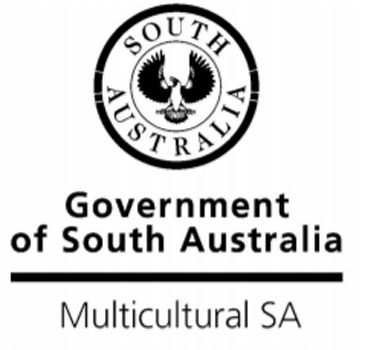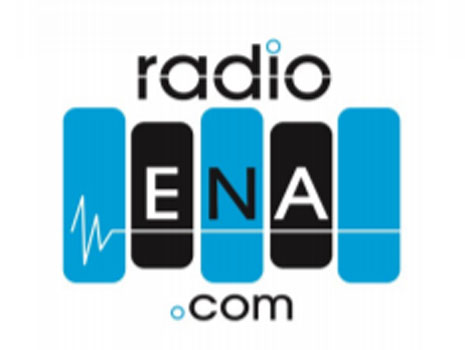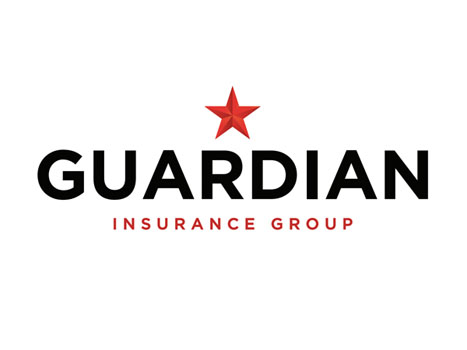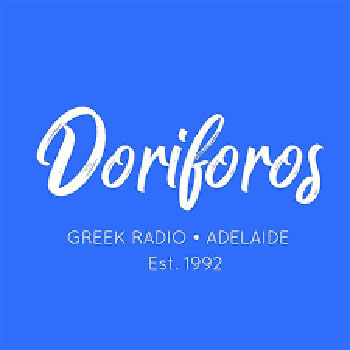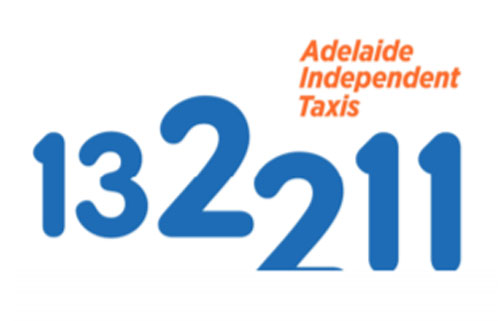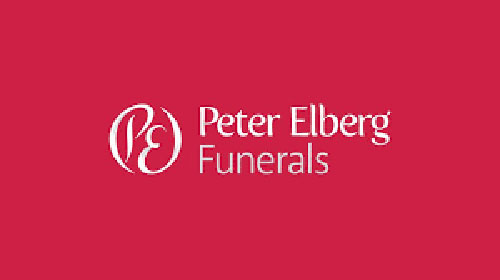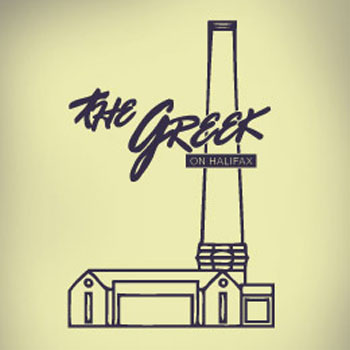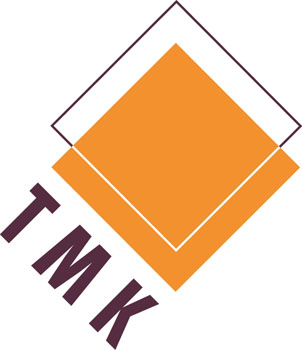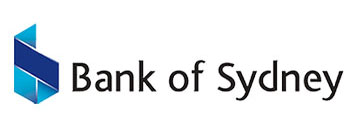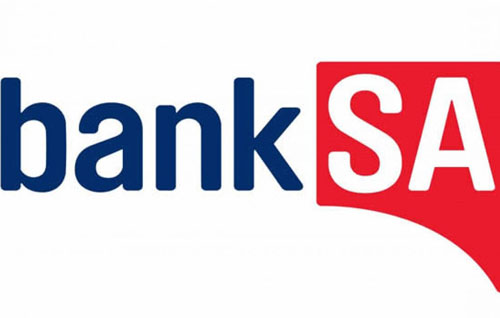All About Our Community
According to a Greek language dictionary definition, the word community is characterised as the common element that binds; the commonalities that unite people under a unique umbrella. The term community is regarded as synonymous to the term identity, while at the same time the meaning of the word is defined as the union of a people distinguished for their shared ethnic and religious background residing in a foreign land. In terms of its functionality, a community is an administrative organisation that manages local affairs.
If one was to examine how appropriately the meaning of the word community applies to the Greek Orthodox Community of South Australia (GOCSA), it would be necessary to include within the dimensions of a shared ethnic identity and administrative character of the organisation, the heart and soul of the Greeks of the diaspora. At this stage, let us examine in more depth the birth, early years, and the subsequent strengthening and development of this live, democratic organisation known as the Greek Orthodox Community of South Australia.
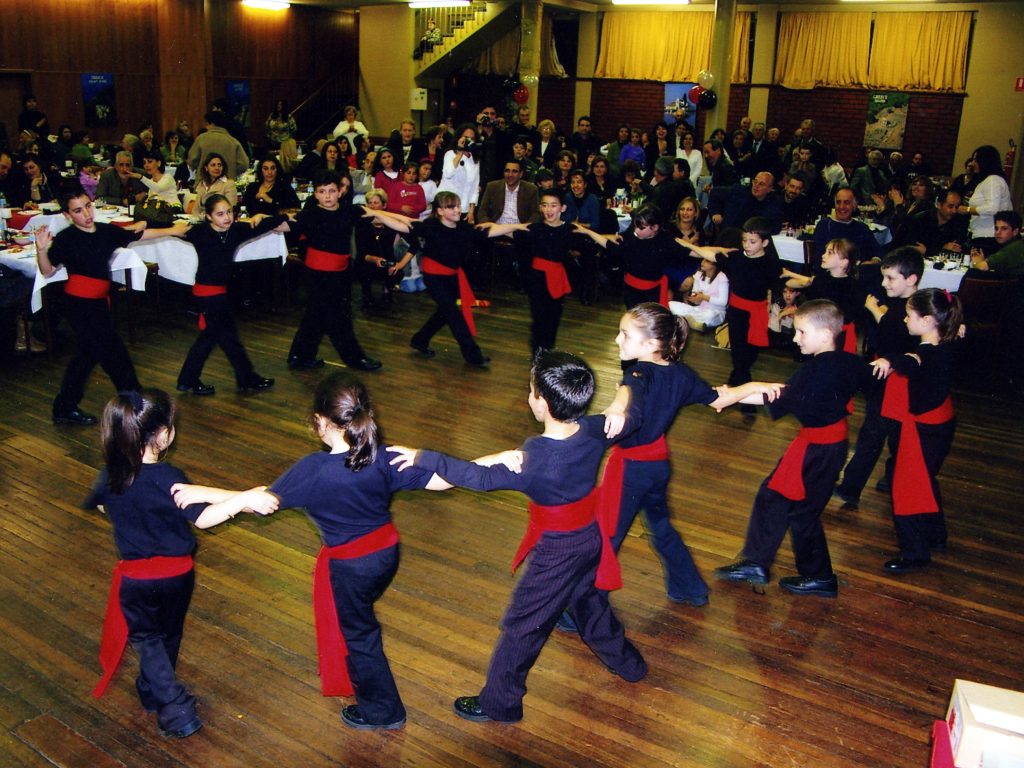
Our History
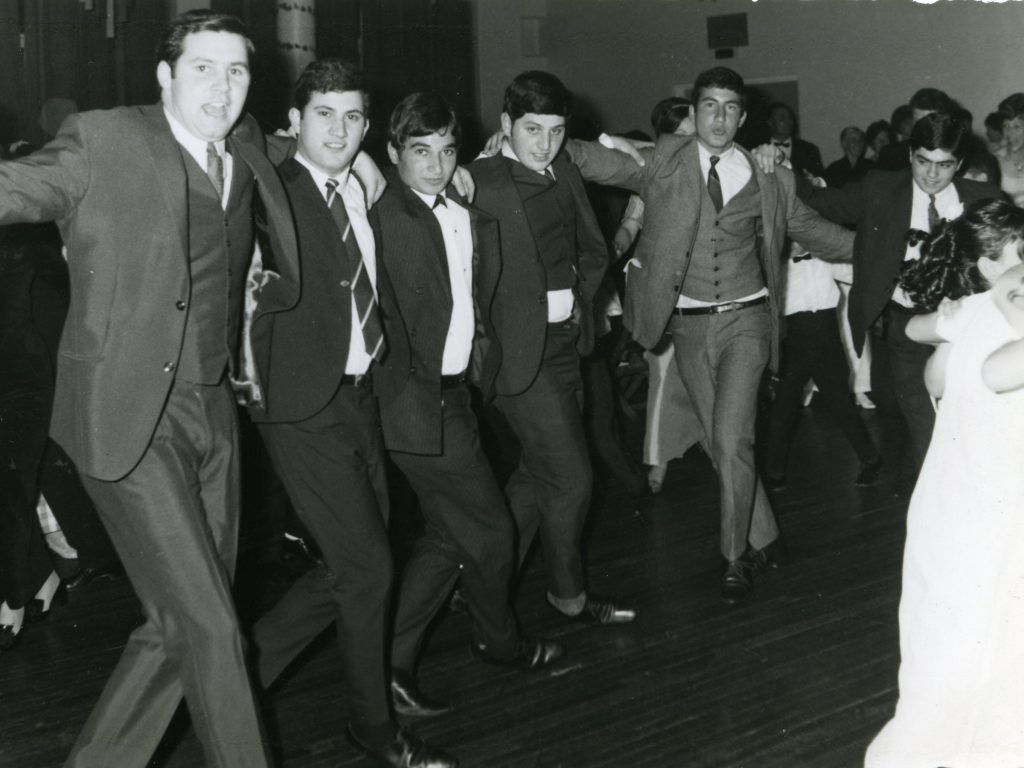
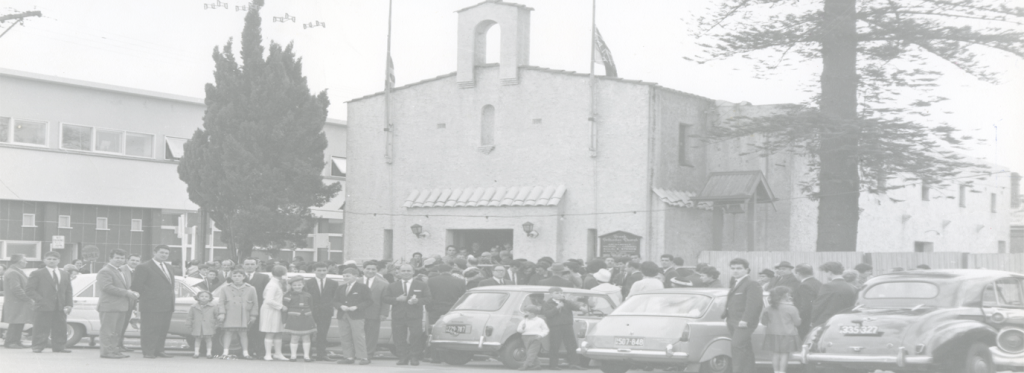


In the late 1920s two Greek organisations were formed in Adelaide, the Castellorizian Brotherhood and the Apollon Society. There was, however, no large body that could represent the needs of all Greeks, liaise with government departments and establish a church in Adelaide. So a meeting was held at the Panhellenion Club, 122 Hindley Street, on October 5, 1930, at which the Greek Orthodox Community of South Australia was founded. Within a year Adelaide’s first Greek school was established. In the early 1930s the community had just over 100 members. It was both a religious and cultural body.
Greek South Australians could not afford to build a church straight away. From 1930 Archimandrite Germanos Eliou held Greek Orthodox services at the hall of Holy Trinity Church near the Morphett Street Bridge. After much fundraising and hard work the Greek Orthodox Church of the Archangels Michael and Gabrielle was inaugurated in 1937. Metropolitan Timotheos Evangelinidis acted as priest and intermediary between the church and the community.
During the Second World War the Greek Orthodox Community continued to thrive. It participated in fundraising to assist the Allied forces in their fight against fascism. The community’s membership increased from 100 in 1940 to 275 in 1944. In 1944 the Hellenic Youth Club was established. After the war the Greek Ex-Serviceman’s Association and the Panhellenic Society were formed.
In 1947 there were 1,024 Greek South Australians.
The Emblem of the Community – Facing the Future
Our Sponsors:
As a not-for–profit organisation the many events and services provided by the GOC of SA would not be possible without the kind support we receive from our Local, State and Federal governments and in addition, we thank and are grateful to our many wonderful sponsors. We thank each one of them dearly.

